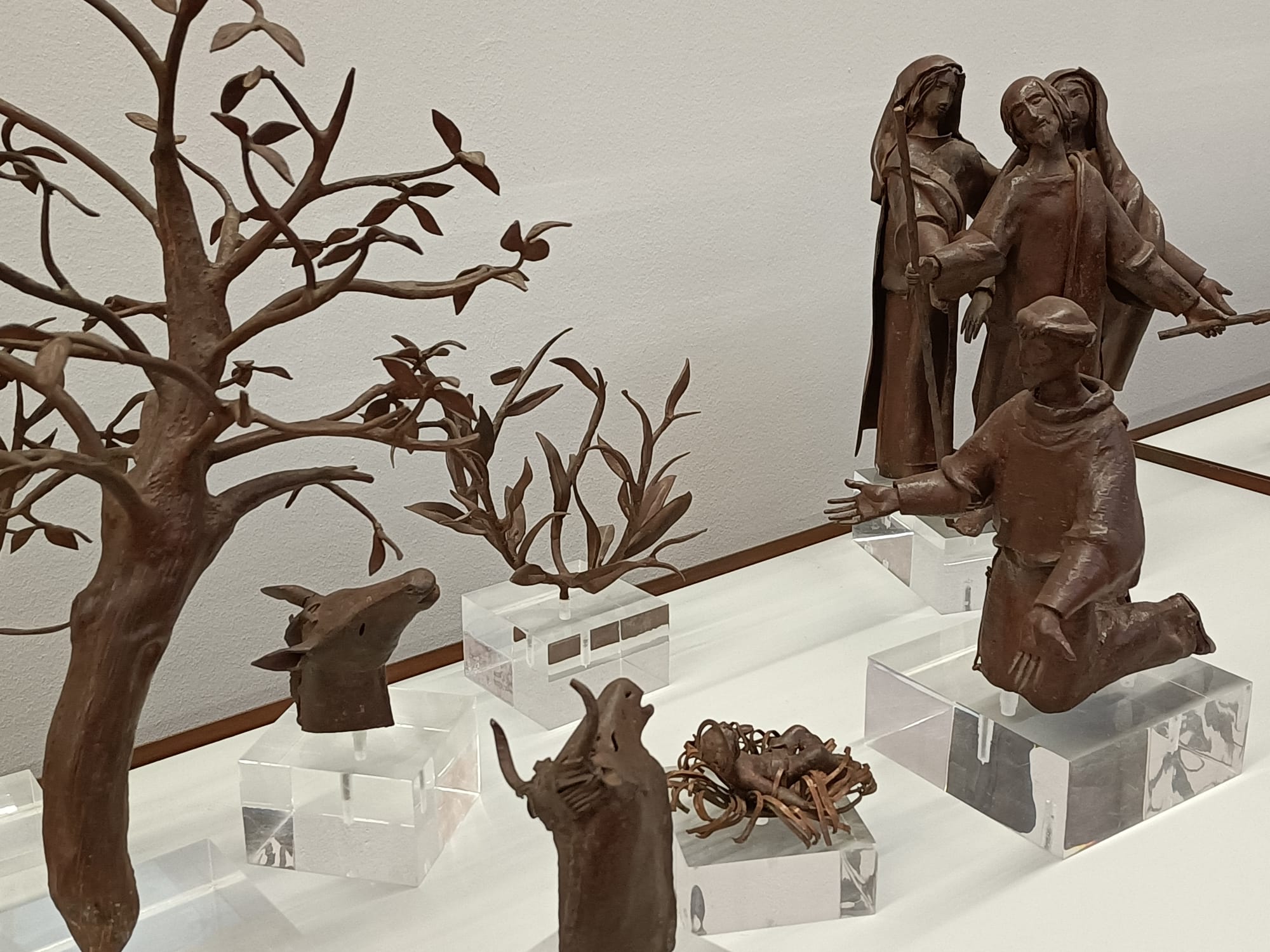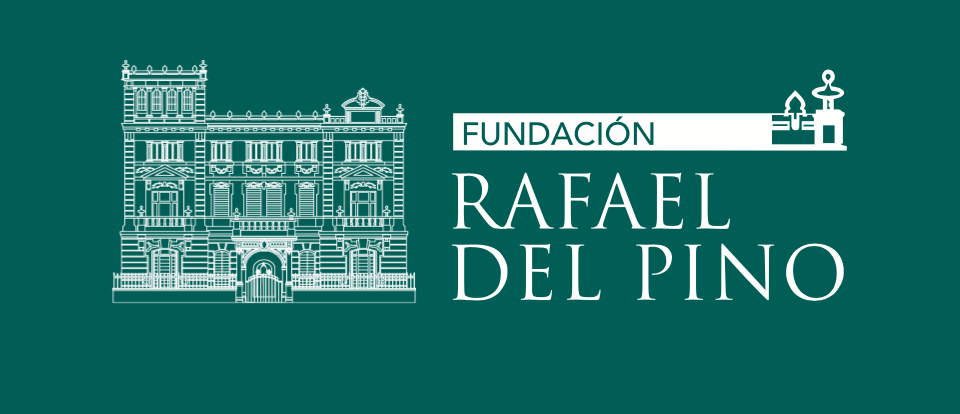• La obra se encuentra en el vestíbulo de La Térmica Cultural y puede visitarse gratuitamente hasta el 5 de enero
• Para la representación han colaborado el Museo Nacional de Artes Decorativas y la Fundación Cultura Minera
Desde este viernes se puede visitar en La Térmica Cultural una obra singular de la colección del Museo Nacional de Artes Decorativas, el Nacimiento Franciscano, que el artista José Espinós Alonso plasmó hacia 1945. Este conjunto escultórico, que se podrá visitar hasta el próximo 5 de enero, se exhibe coincidiendo con la celebración del 800 aniversario de la primera representación del Belén, realizada por San Francisco de Asís en Greccio, Italia.
Con esta iniciativa La Térmica Cultural pretende acercar la historia y el patrimonio a la ciudadanía, conectando pasado y presente a través de una narrativa visual enriquecedora y en un entorno, el Bierzo y Laciana, en el que la tradición del Belén resuena a lo largo de ambas comarcas. Además de la colaboración con el Museo Nacional de Artes Decorativas, para la presentación de este belén también se ha contado con la contribución de la Fundación Cultura Minera, que ha aportado el carbón autóctono en un claro guiño a los territorios.
La inauguración contó con la presencia de Sofía Rodríguez, directora del Museo Nacional de Artes Decorativas, acompañada por Yasodhara López y Concepción Fernández, directora general y directora del área de museos, patrimonio y cultura de la Fundación Ciudad de la Energía (CIUDEN), respectivamente.
Patrimonio cultural y valores universales compartidos
El Nacimiento de Espinós Alonso se compone de catorce figuras realizadas en hierro que evocan la primera recreación de la Navidad que realizaron San Francisco y sus frailes cuando, en una gruta en Greccio, localidad montaña cerca de Roma, organizaron por primera vez una representación viviente del nacimiento de Jesús. De este episodio, realizado hace ocho siglos, nace la tradición de los belenes.
Además de la singularidad del material empleado, la obra de Espinós destaca a su vez por su enfoque en valores universales compartidos como la dignidad humana, la justicia, la paz y la fraternidad, cualidades que Espinós plasmó con maestría en sus figuras. Este conjunto escultórico conmemora una tradición centenaria, conectando con el propósito de CIUDEN de preservar, acercar y transmitir el patrimonio a través de enfoques contemporáneos que dialogan con nuestro tiempo.
Sobre el artista y su legado
José Espinós Alonso (Madrid, 1911-1969) es una figura relevante en la escultura española del siglo XX. Reconocido por su habilidad para trabajar el hierro, sus obras combinan la fuerza y el minimalismo del material industrial con un enfoque moderno, delicado y espiritual. El Nacimiento que ahora se presenta ingresó en las colecciones del Museo Nacional de Artes Decorativas en 1948, casi coincidiendo con su producción, convirtiéndose en un ejemplo destacado de cómo Espinós elabora representaciones populares a través de materiales modernos como el hierro para resignificar la tradición.
Entre sus creaciones más destacadas figuran también el “Monumento a los Ángeles de la Paz” (1964), en Madrid, y el “Monumento a los Pescadores” en Laredo (Cantabria).












